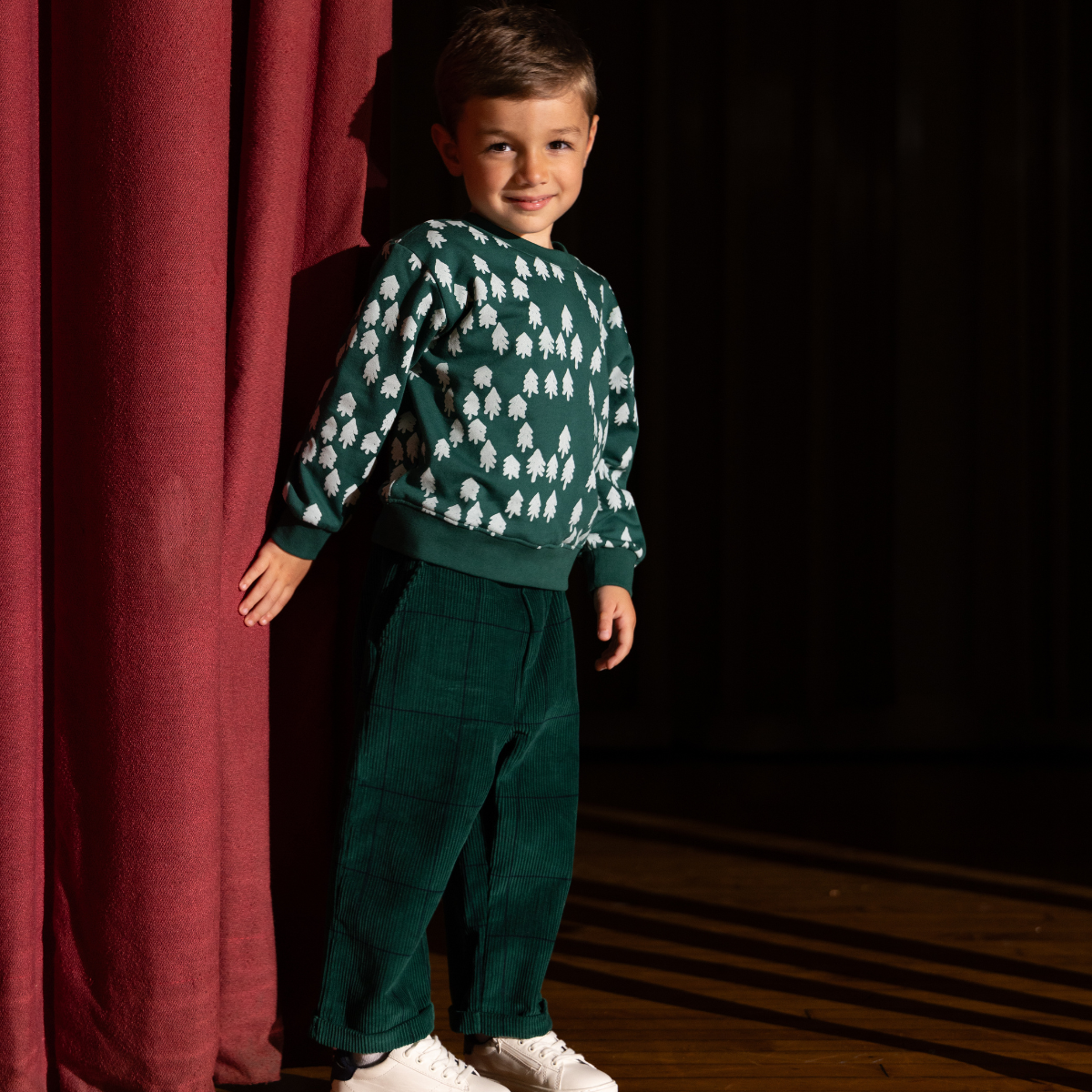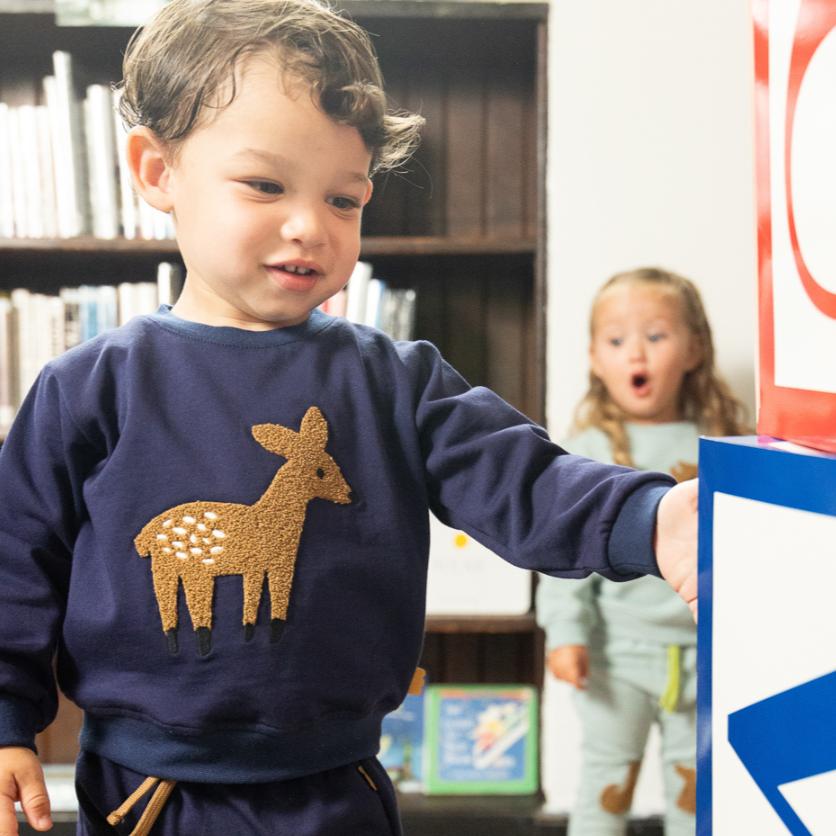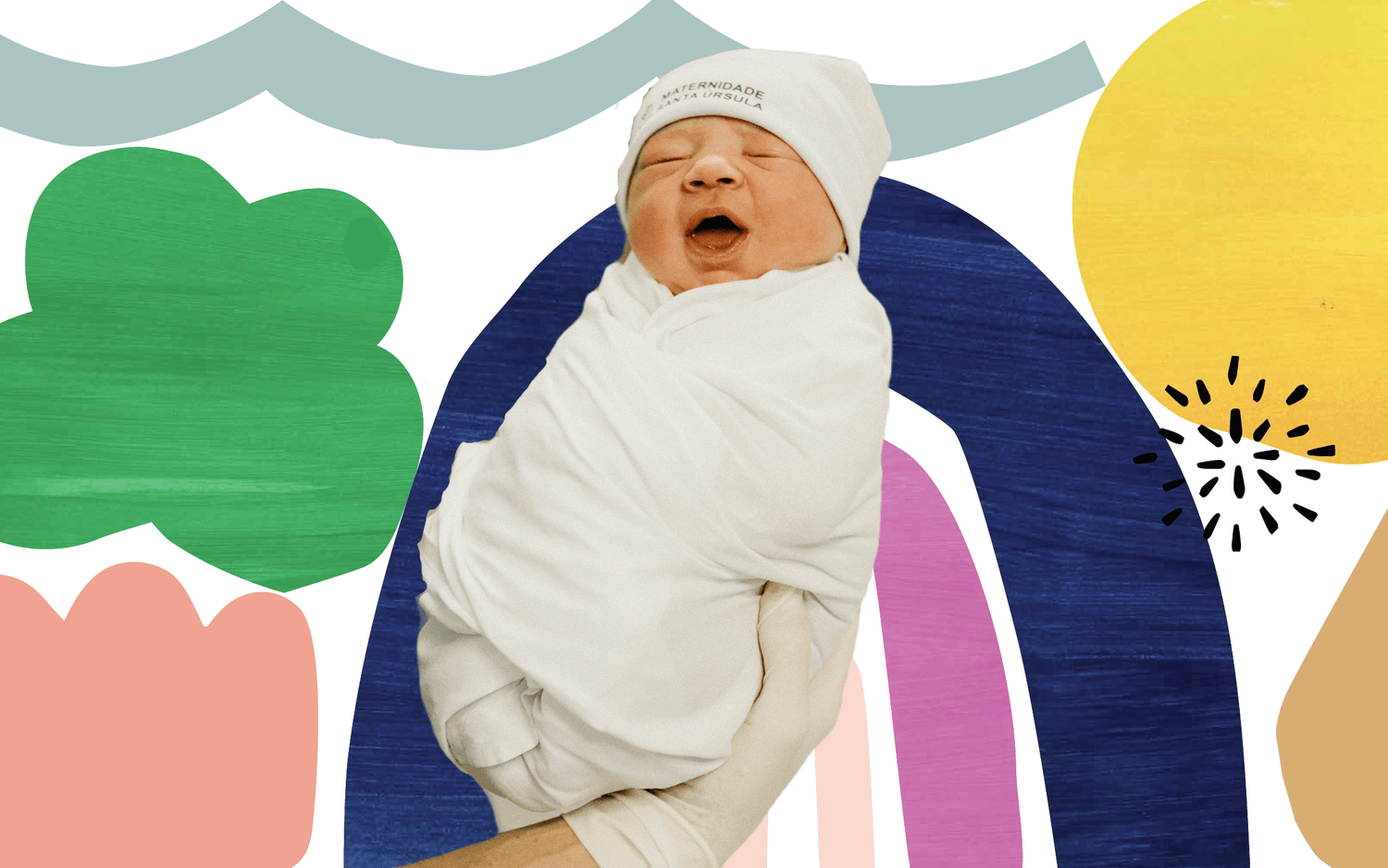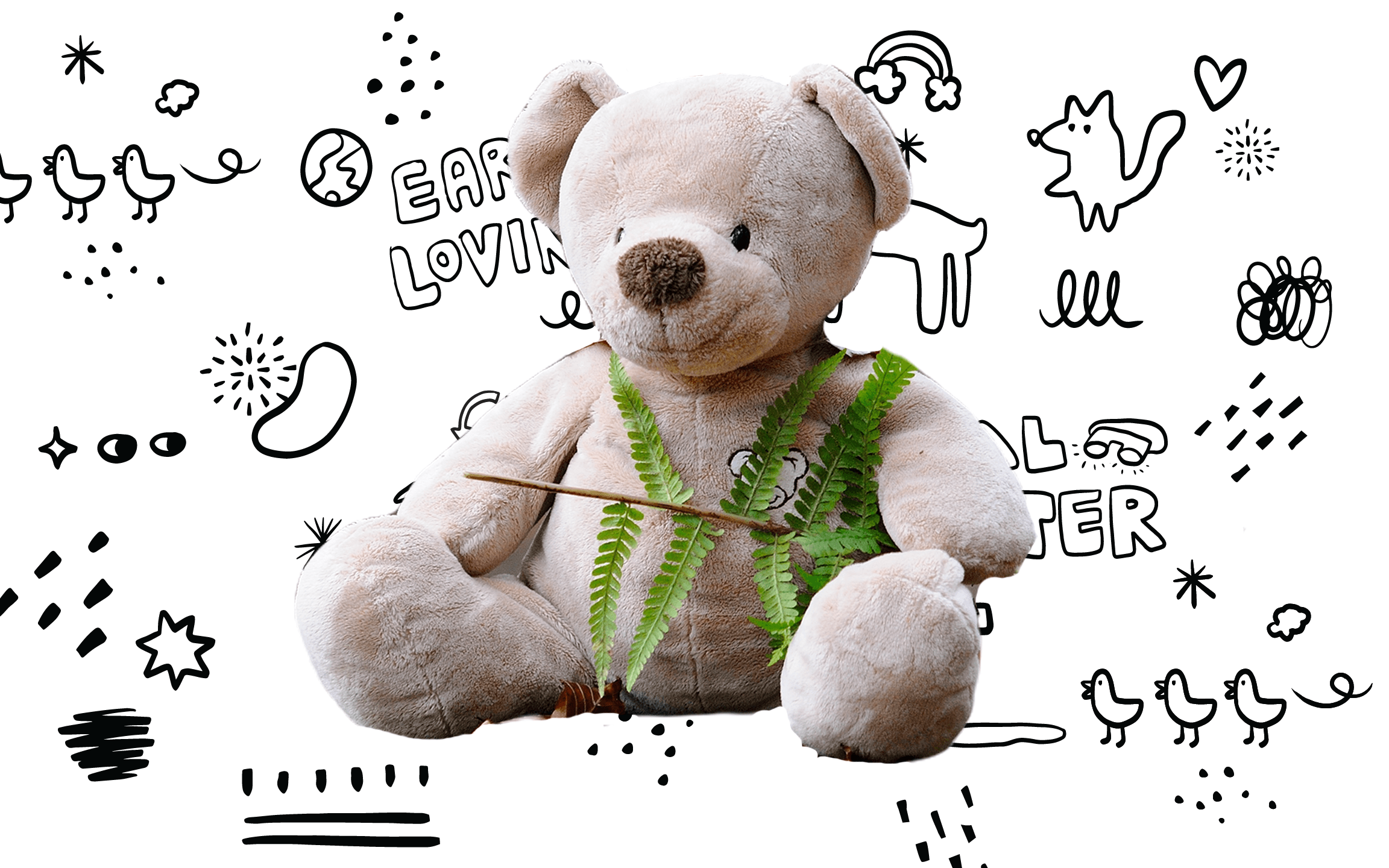So, you've made it home from the hospital with your new bundle of joy. Congratulations! You've got a lot to be proud of already. You want your baby to be comfy and cozy all the time, but how do you do that? The answer is simple: swaddling.
Many parents at this stage will wonder: how do you swaddle your baby to keep them safe and comfortable during this early stage of life?

Swaddling is a technique that has been around for thousands of years and can be traced all the way back to the paleolithic period. It has seen periods of wide-spread popularity and then has fallen out of favor again for various reasons. Just remember, swaddling is up to the parents, and we'll share all the benefits and potential downsides so you can make an informed decision.
Why try swaddling in the first place? It can help in the following ways:
- Your baby will feel safe and snug because they’re reminded of being in the womb.
- To stop your baby's legs and arms from moving suddenly, which is a common occurrence that startles them and wakes them up if they're asleep.
- To keep your baby warm at an age when they can't regulate their temperature.
- Your baby to sleep better, which means you'll catch a few more precious minutes or hours too.
Some babies love to be swaddled, while others will resist vigorously! Like so many aspects of parenting, it really comes down to you and your baby.
If you think about it, we as adults have our own preferences when sleeping. Some love a firmly tucked sheet which still gives us that cozy feeling even as adults, whereas other people prefer loose sheets so they can move around more freely. Babies are not so different, so keep that in mind when trying to swaddle.
Top Tips to Remember When Swaddling
Swaddling is generally considered safe as long as you follow some simple steps and rules.
- Stop swaddling as soon as your baby tries to roll around, even if they haven't achieved it yet. This is often when a baby is between two and three months old.
- Always swaddle your baby in light, breathable materials.
- Check your baby's temperature with a thermometer regularly to be sure they're not too hot. If you see beads of sweat on its forehead, remove the swaddle.
- Have your baby sleep on its back, regardless of whether it is in a swaddle or not.
- Keep the swaddle below your baby's shoulders so that its neck and face are never covered. Err on the side of caution here.
- Make sure there is plenty of room around your baby's hips and knees so it can move its legs freely without constraint.
Safety Tips and Hazards to Consider
Despite all of the benefits, we must point out that swaddling does come with risks. The main risks include:
- Suffocation
- Hip dysplasia
- Overheating
Suffocation can occur with any soft material or bedding, swaddles included. If the swaddle comes undone, this is where the risk lies. You should always lay your baby on its back to sleep. A swaddle can help a baby stay in this position, so there are advantages as well—you just have to keep an eye out.
Hip dysplasia is when a baby develops a problem with their hip joint.
If a baby is wrapped in a swaddle too tightly around its legs and hip, this can increase the risk of developing this issue. The legs can become too constricted, preventing natural movement. Providing a bit of extra wiggle room is essential, so find the perfect wrap.
Overheating is a concern and can lead to sudden infant death syndrome (SIDS). While keeping your baby warm is key, too much trapped heat can cause your baby to overheat. They should be wearing clothing under their swaddle, but it’s often best to stick with light onesies, so that you can better regulate their temperature. Never breastfeed your baby while they’re in a swaddle because breastfeeding causes them to get hotter. Coupled with a swaddle, this could be too much heat for your little one. Monitor those temps!
Of course, all of these things can occur even if a baby isn't swaddled, so always be on alert and stay close by no matter what.
How to Swaddle Your Baby

As we mentioned, some babies love to be swaddled, and others just don't like it. There are certain things you can try before giving up completely if your baby seems resistant.
We're going to explain how to swaddle your baby with its arms tucked in, but you can also swaddle them with their arms out, which some prefer. We suggest you try the “arms-in” technique first, then adjust if necessary.
Here's how to make a swaddle for your baby using a blanket or wrap:
- Place your blanket down on a flat but soft surface - a bed is your best bet.
- Lay your baby face-up in the middle of the blanket at the top, so its head is above the top edge. Never cover that little face with fabric, even slightly!
- Place your baby's arms by their side. This requires some cooperation, so take your time and don’t force any unwanted movements.
- Take the top right corner of the blanket and wrap it across your baby's body, then tuck it under its bottom, so the blanket stays in place.
- Take the top left corner of the blanket and do the same, making sure its arm is straight by its side, and tuck the blanket behind your baby's back.
- Now, take the bottom of the blanket by both corners and bring it up just under your baby's neck and rest it there gently.
- Take the right corner and wrap it around the back of your baby.
- Take the left corner and wrap it behind your baby, bringing the corner to the right-hand side and tucking it gently into the front side fold.
The swaddle should be snug around the arms but loose around your baby's hips so it can move its legs with ease. There should be a gap of a few inches between the chin and the chest, so it's not too high or restrictive at the neck. You should be able to place a few fingers in between your baby's chest and the blanket.
Another way to swaddle your baby is with a specialty wrap. These are easier to use than blankets and come with zippers or velcro to keep them tight. These usually have a higher success rate of staying on the baby, although once you've mastered the blanket swaddle, it's very satisfying and you'll no doubt feel like an expert in no time.
Another option is a sleep sack, also known as a wearable blanket. As long as a sleep sack allows your baby to move freely, it can be used indefinitely. They offer a good way to transition from swaddling when your baby begins to roll. If your little one is a real kicker, this could be a good option too.
Regulating Temperature
Some of the best ways to ensure a safe and happy temperature for your baby are:
- Aim to keep the room between 68 and 72 degrees Fahrenheit. Monitor the temperature with an indoor thermometer. Get a humidifier as well.
- Choose high-quality clothes and sleepwear, so the fabric doesn't irritate your baby and allows the skin to breathe. In warmer weather, dress your baby in lighter fabrics.
- If you need to cool your baby's room, it's best to do it with a fan rather than AC. In fact, because fans physically circulate the air, they can reduce the risk of SIDS.
Enjoy the next precious few months no matter what you do! You've heard other parents say how quickly they grow up, and it couldn't be more true. Soon enough you'll be watching them run around and wearing big-kid clothes. Follow these safe swaddling tips, savor these precious moments, and remember them forever.
Sources:
Swaddling a baby: the benefits, risks and seven safety tips | NCT
Healthy Children: Swaddling: Is it Safe? | healthychildren.org
Baby Room Temperature - Normal Baby Temperature | What to Expect







Leave a comment
This site is protected by hCaptcha and the hCaptcha Privacy Policy and Terms of Service apply.